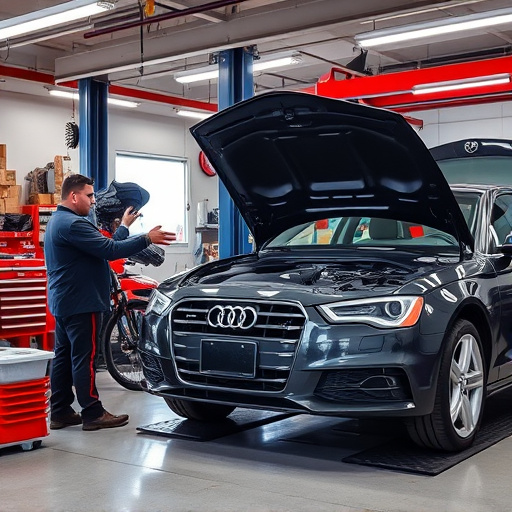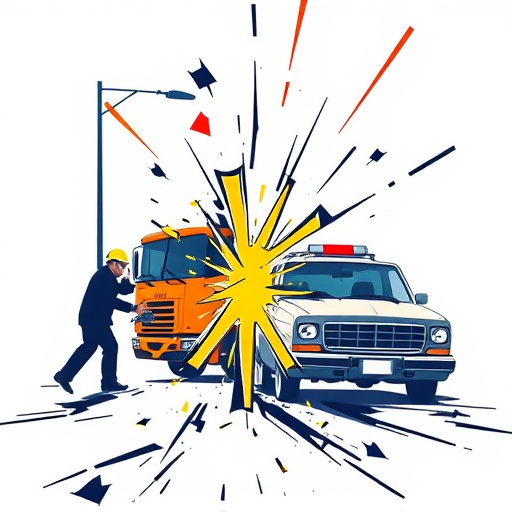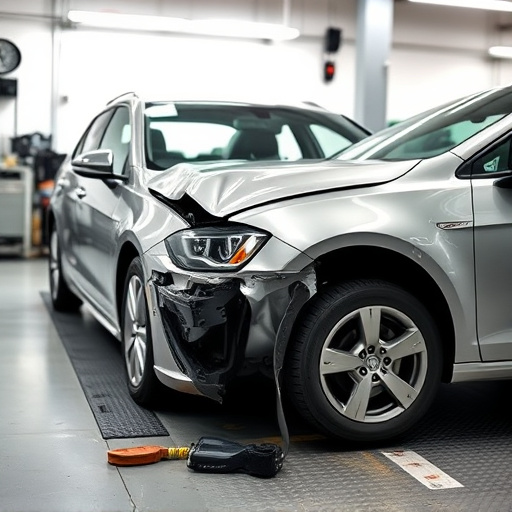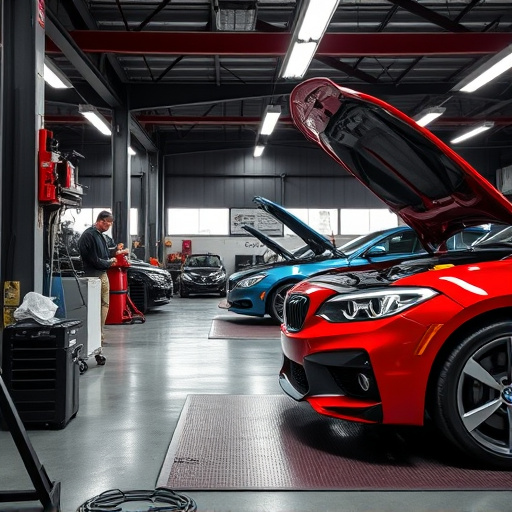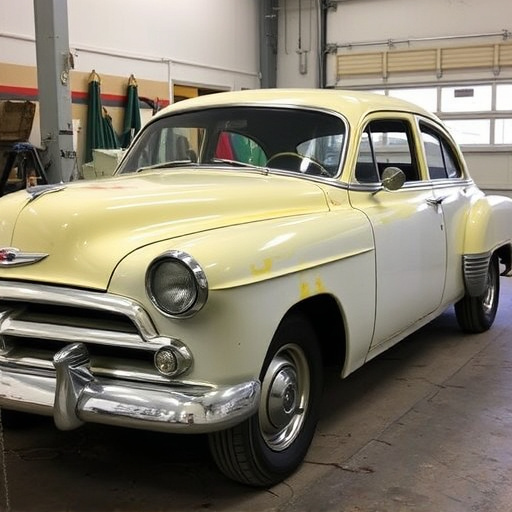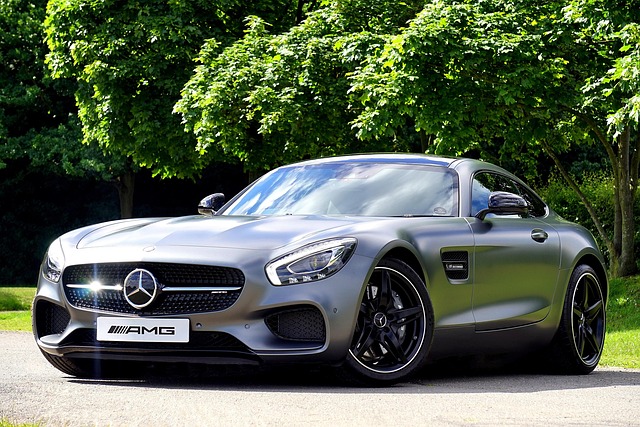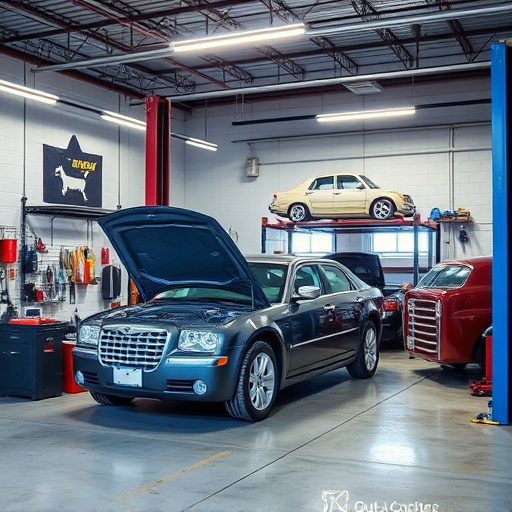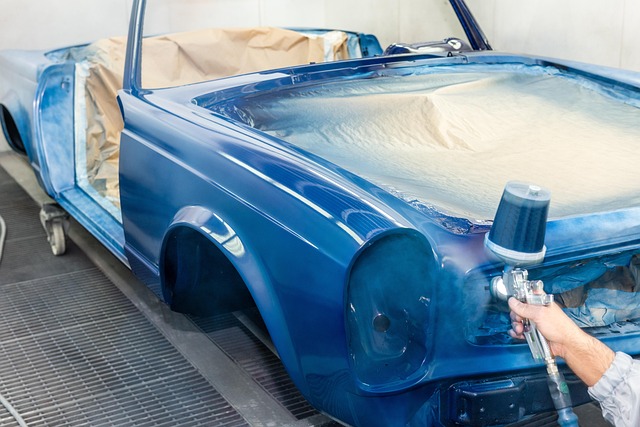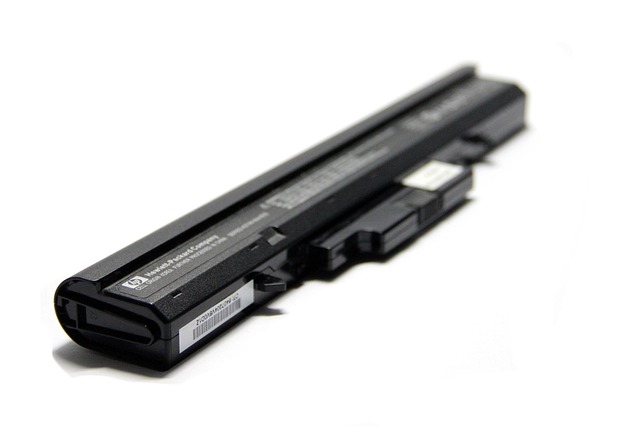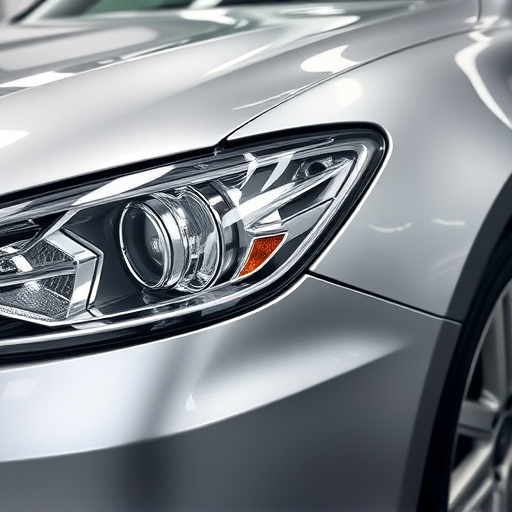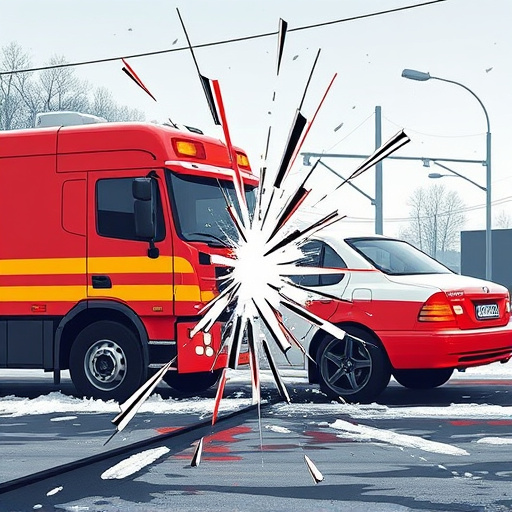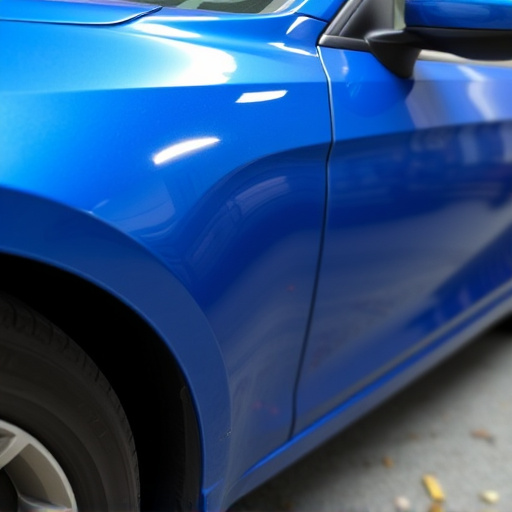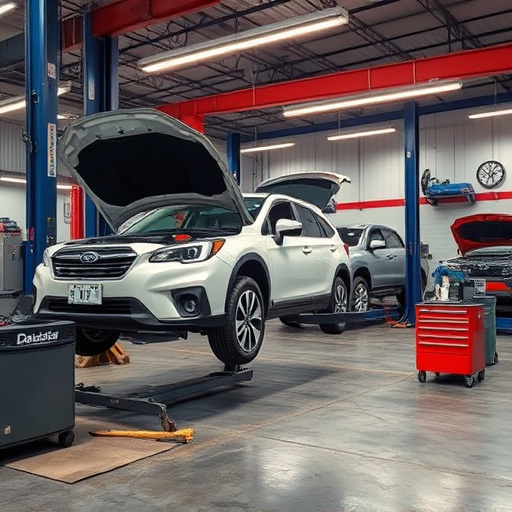Pearl finish collision repair is a specialized art, requiring precision and expertise due to the complex nature of these finishes. Auto painting professionals navigate challenges like batch variability, environmental impacts, and color consistency using advanced tools and techniques. They employ color scanners, hand-mixing, or computer-aided systems to accurately match original colors, ensuring seamless integration and preserving the vehicle's aesthetic appeal. Practice on scrap pieces beforehand enhances skills for optimal color accuracy in repairing pearl finish dents.
Maintaining color consistency is paramount in pearl finish collision repairs, where achieving a flawless match is essential for restoring vehicles to their pre-accident aesthetic. This article delves into the intricacies of pearl finish, exploring the fundamentals of color and application. We discuss the challenges that arise during repairs, highlighting common pitfalls and potential solutions. Ultimately, it provides practical techniques for accurately matching pearl finish colors, ensuring high-quality results in every repair project.
- Understanding Pearl Finish: The Basics of Color and Application
- Challenges in Maintaining Consistency During Repair
- Techniques for Achieving Accurate Color Matching in Pearl Finish Repairs
Understanding Pearl Finish: The Basics of Color and Application
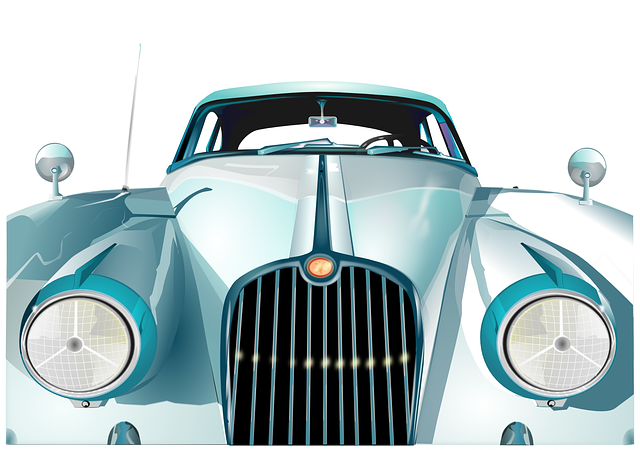
Pearl finishes, with their subtle glow and iridescent undertones, are a popular choice for automotive exterior aesthetics. Understanding the intricacies of this finish is key to achieving color consistency during collision repairs. The pearl finish is not merely a coating but a complex blend of pigments and resins designed to mimic the natural luster of pearls. This unique finish creates depth and dimension by reflecting light at different angles, resulting in a visually appealing, glossy surface.
During car collision repair or car body repair involving pearl finishes, technicians must exercise precision to maintain this delicate effect. The process involves carefully matching the original color and applying layers of clear coat to achieve the signature pearlescent glow. Achieving accurate color consistency requires advanced color-matching techniques and an in-depth understanding of automotive paints. This ensures that the repaired area seamlessly integrates with the surrounding unharmed sections, preserving the car’s overall aesthetic appeal.
Challenges in Maintaining Consistency During Repair
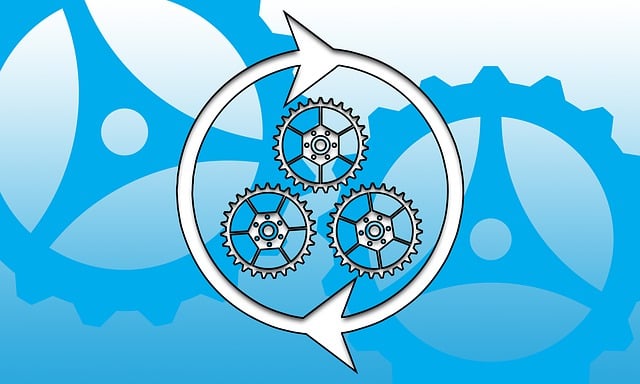
Maintaining color consistency is a significant challenge in pearl finish collision repairs. Unlike solid colors, pearls possess complex layers and unique formulations that can vary slightly between batches. This variability, combined with the delicate nature of the finish, makes it difficult to match the original shade exactly. Auto painting experts often face the task of blending multiple colors to approximate the desired hue, a process that demands precision and expertise.
Moreover, the environmental conditions during the repair process can impact the final result. Factors like temperature, humidity, and even the type of paint used in previous repairs can influence color consistency. At auto collision centers, professionals must carefully control these variables and employ advanced techniques to ensure the new pearl finish seamlessly integrates with existing repairs, preserving the vehicle’s overall aesthetic appeal.
Techniques for Achieving Accurate Color Matching in Pearl Finish Repairs

Achieving accurate color matching in pearl finish repairs is an art that combines precision and technology. To start, professionals use specialized tools like color scanners to capture the exact shade of the damaged area, ensuring a precise match with the vehicle’s original paint. This digital approach eliminates subjective human perception, which can lead to inconsistencies.
Once the target color is identified, skilled technicians employ various techniques. These include hand-mixing paints using precision measurement tools to create the perfect hue, or utilizing advanced computer-aided systems that automate the mixing process. Moreover, practicing on scrap pieces of pearl finish before applying it to the actual vehicle dent repair helps in honing skills and fine-tuning color accuracy.
Maintaining color consistency in pearl finish repairs is a delicate process that demands precision and attention to detail. By understanding the unique characteristics of pearl finishes, addressing challenges through specialized techniques, and utilizing accurate color matching methods, professional collision repair technicians can ensure that restored vehicles not only look new but also preserve the original aesthetic appeal of their pearl finish. This commitment to quality ensures customer satisfaction and enhances the overall reputation of the repair industry for exquisite, color-consistent finishes.
